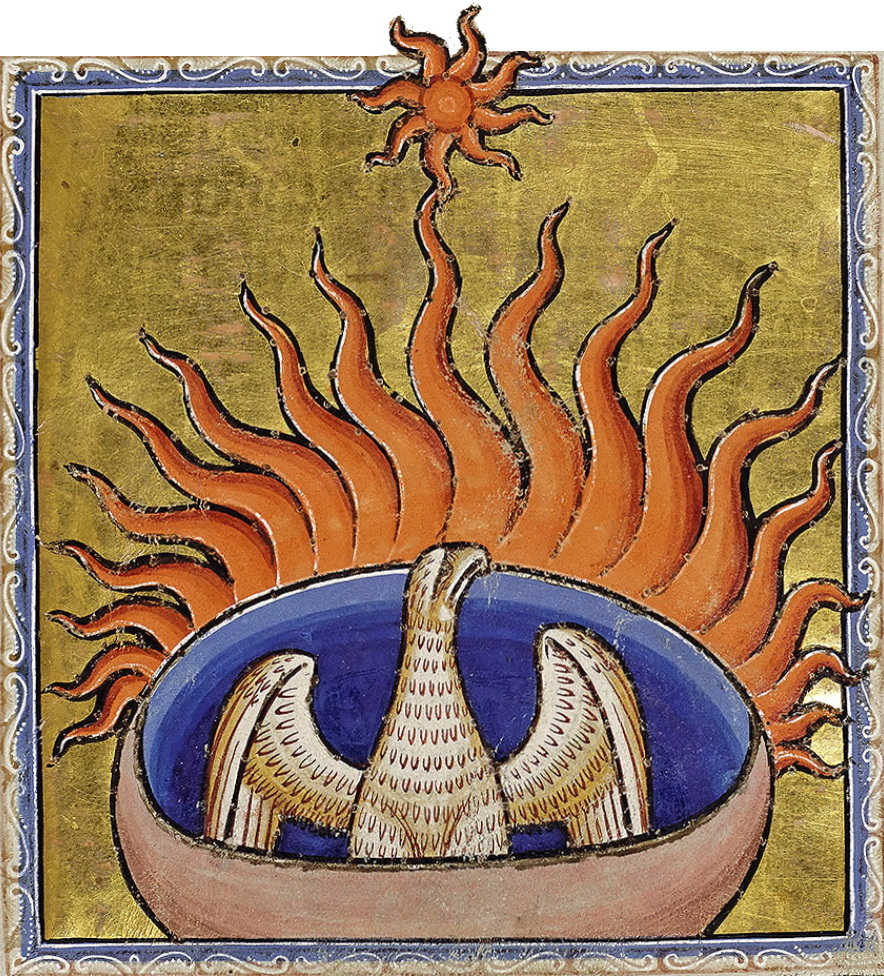This is a connection I was not surprised to learn of, & had speculated
whether it could exist, but was unsure of where to look for it. J. Godwin
appears to have outdone himself, here. Each manvantara is divided in the Purāṇic system into four Ages: the Kṛtā, Tretā, Dvāpara and Kali Yugas. The Greeks used the more evocative epithets of the Golden, Silver, Brass, and Iron Ages. Both mythologies relate that the sanctity and pleasantness of the Earth and its inhabitants are at their height during a Golden Age, after which they decline with accelerating rapidity until
the Iron Age, shortest and most wretched of all, during which human life,
correspondingly abbreviated, is beset by wars, plagues, famines, and all the
disasters that impiety brings upon the planet. Then at the very darkest hour
comes the Apocatastasis and the Age of Gold returns once more. Tolkien’s Ages each witness the growth of evil, leading to a bloody confrontation, after which a season of peace and plenty ensues. The closing chapters of The Lord of the Rings certainly seem to usher in a new Golden Age. But of course evil is never vanquished for ever: these cataclysms mark the periodic resolutions of discord into temporary concord. Only at the end of the manvantara will all conflict cease, but how and when this will be, not even the Ainur can tell.
Sunday, January 1, 2012
Tolkien and Primordialism
Source
Subscribe to:
Post Comments (Atom)

No comments:
Post a Comment